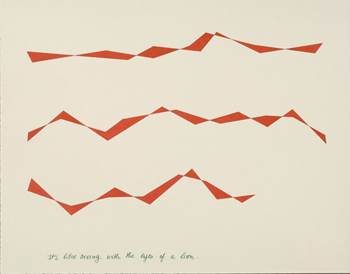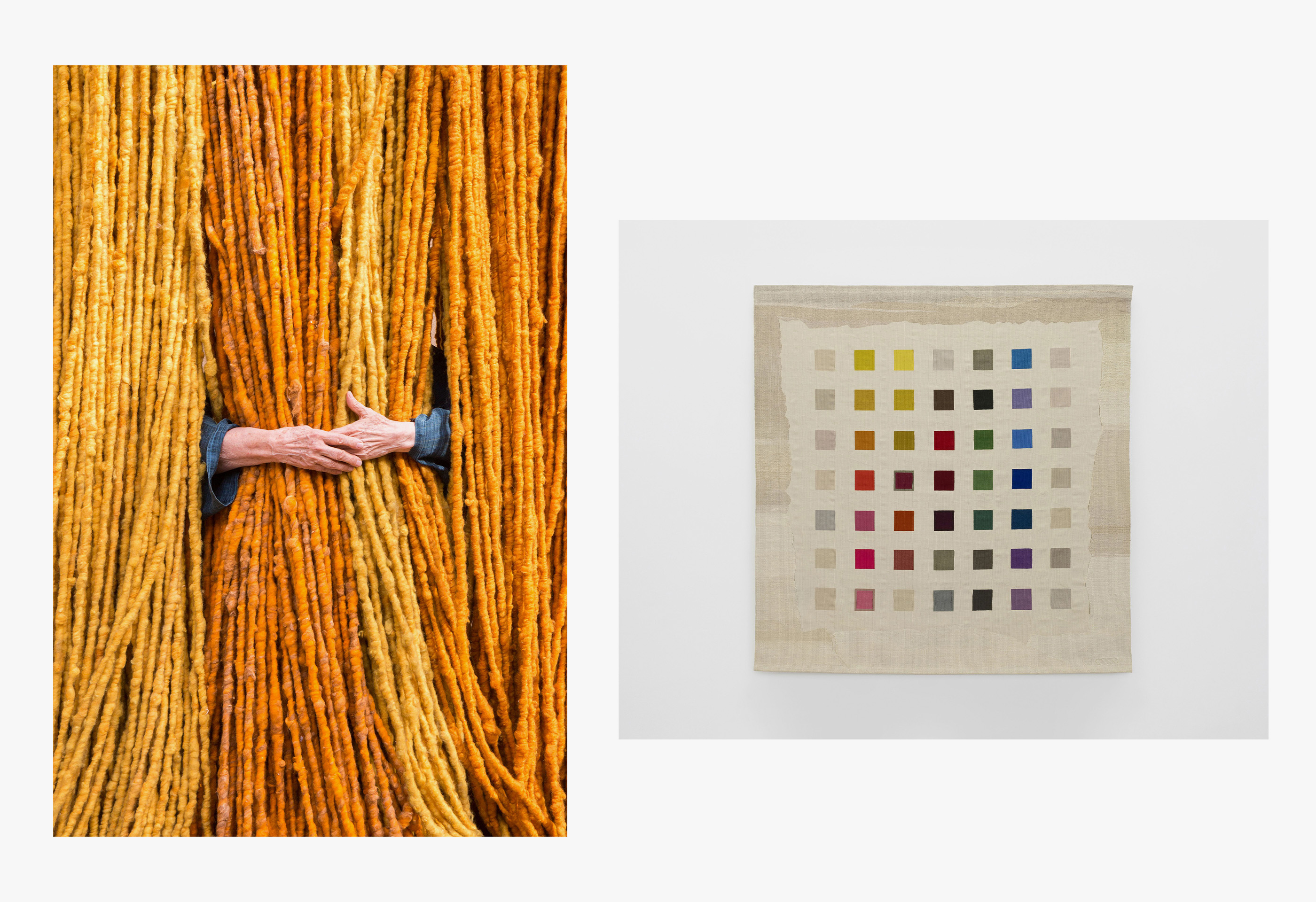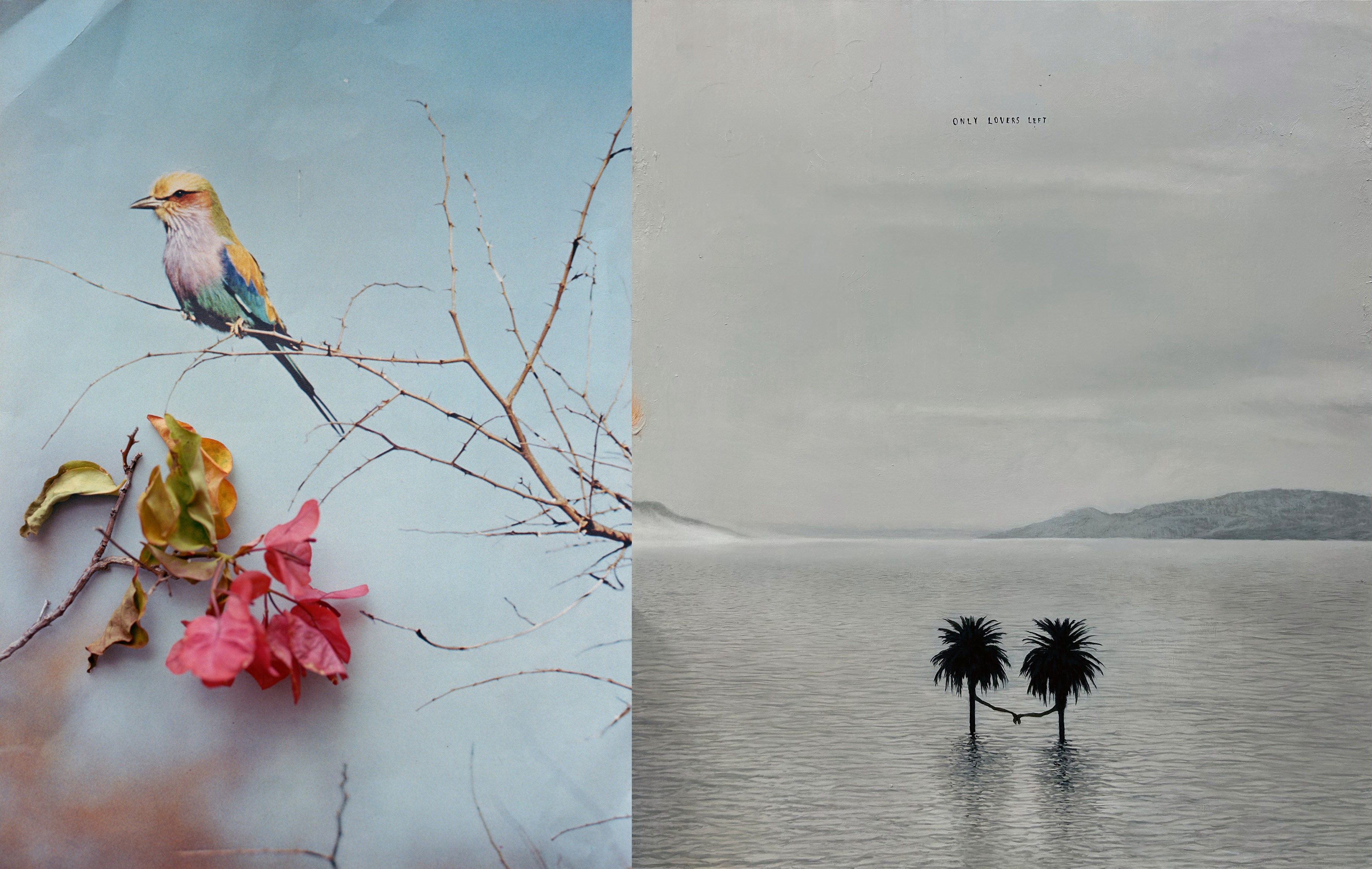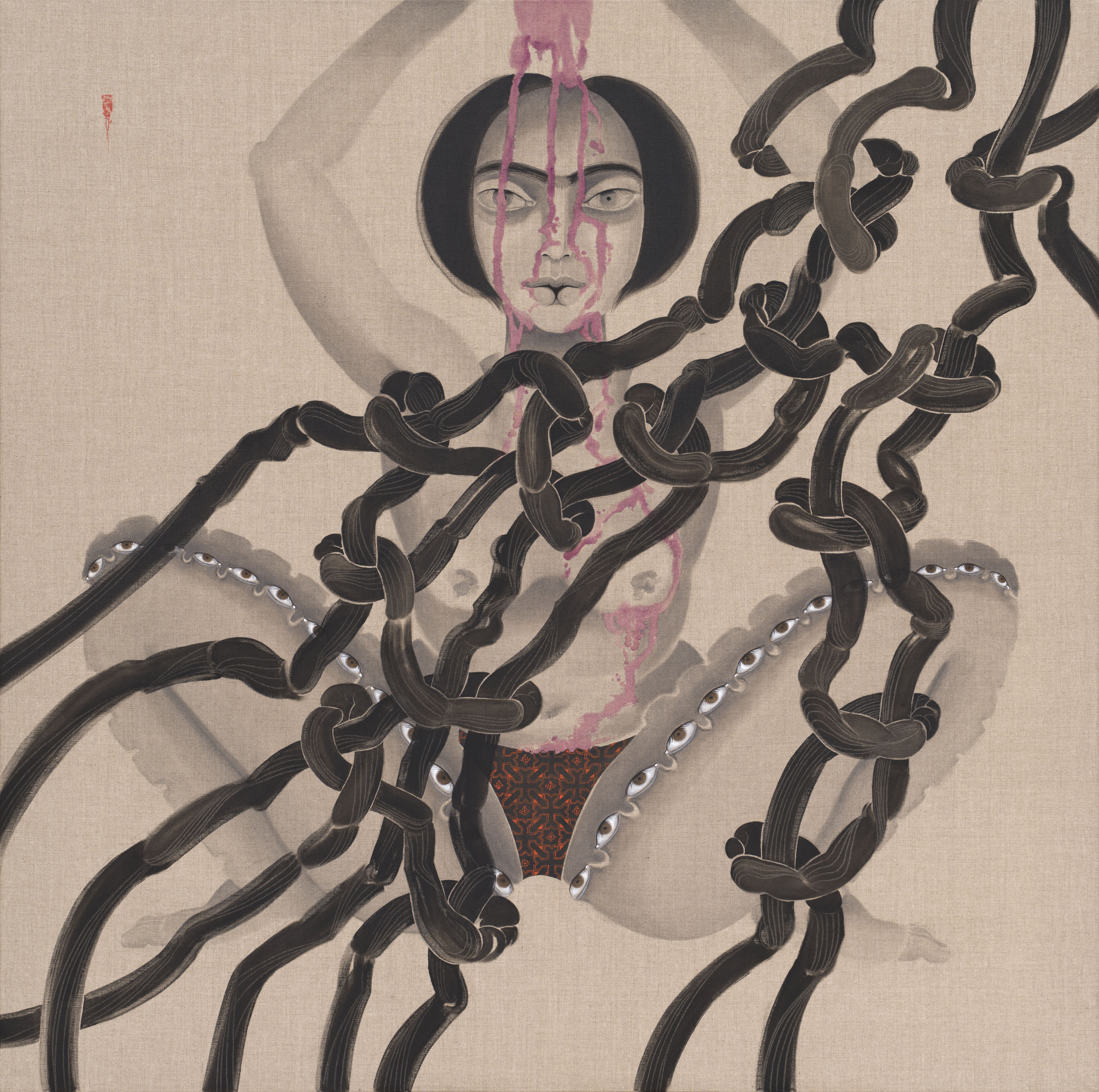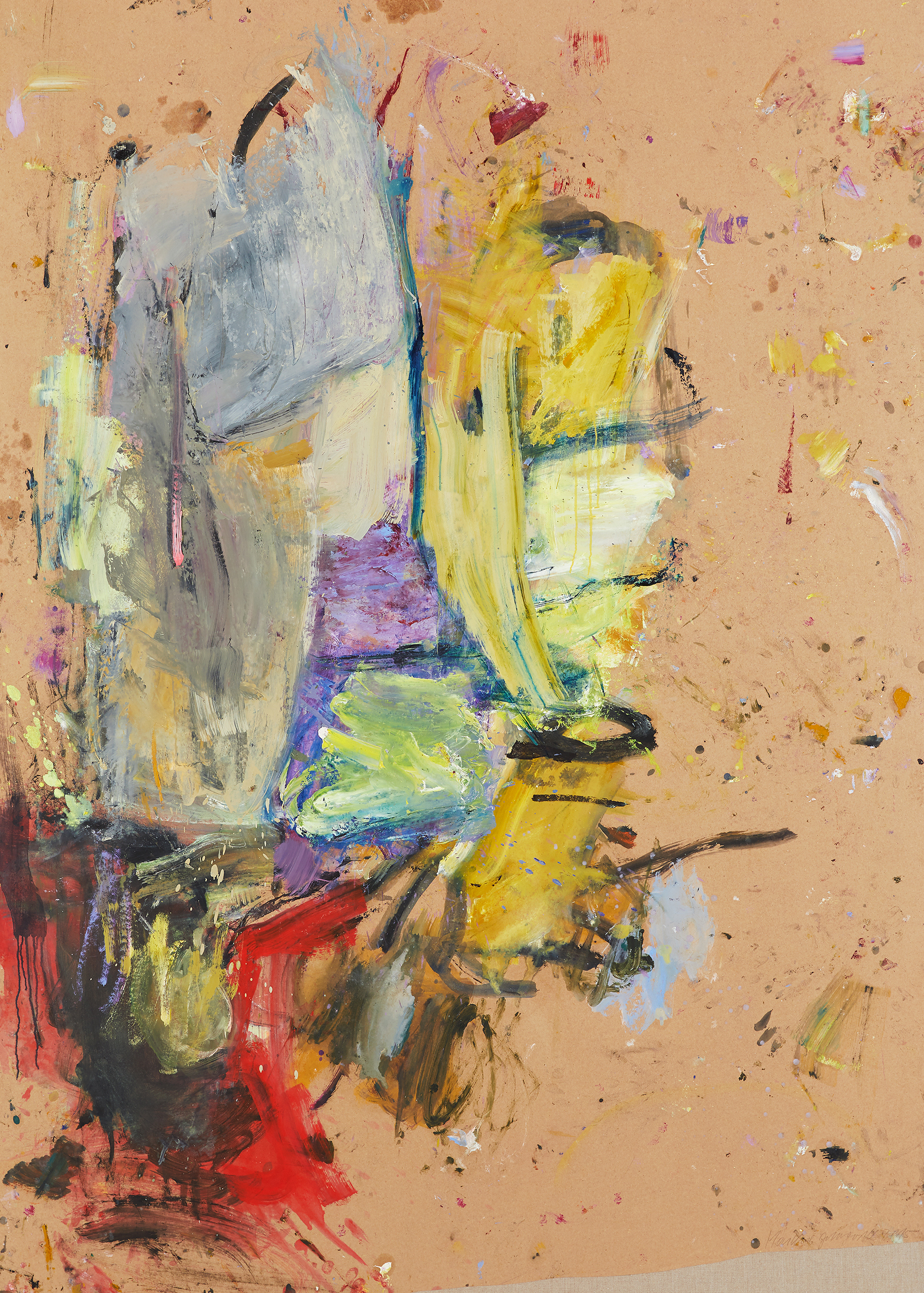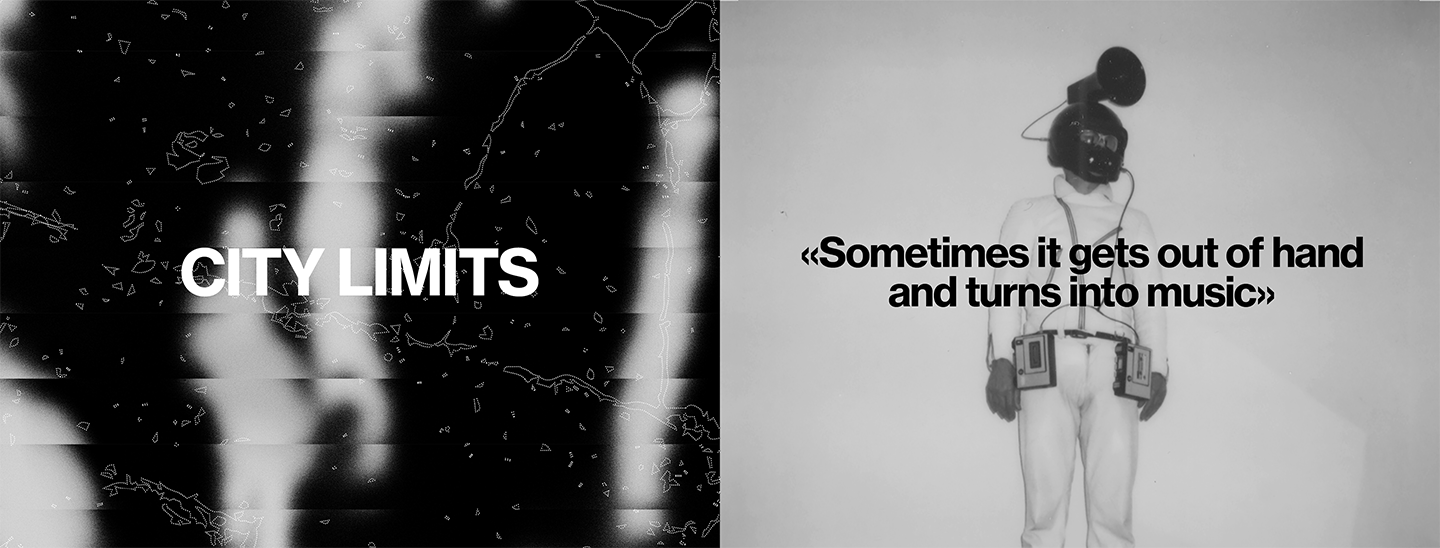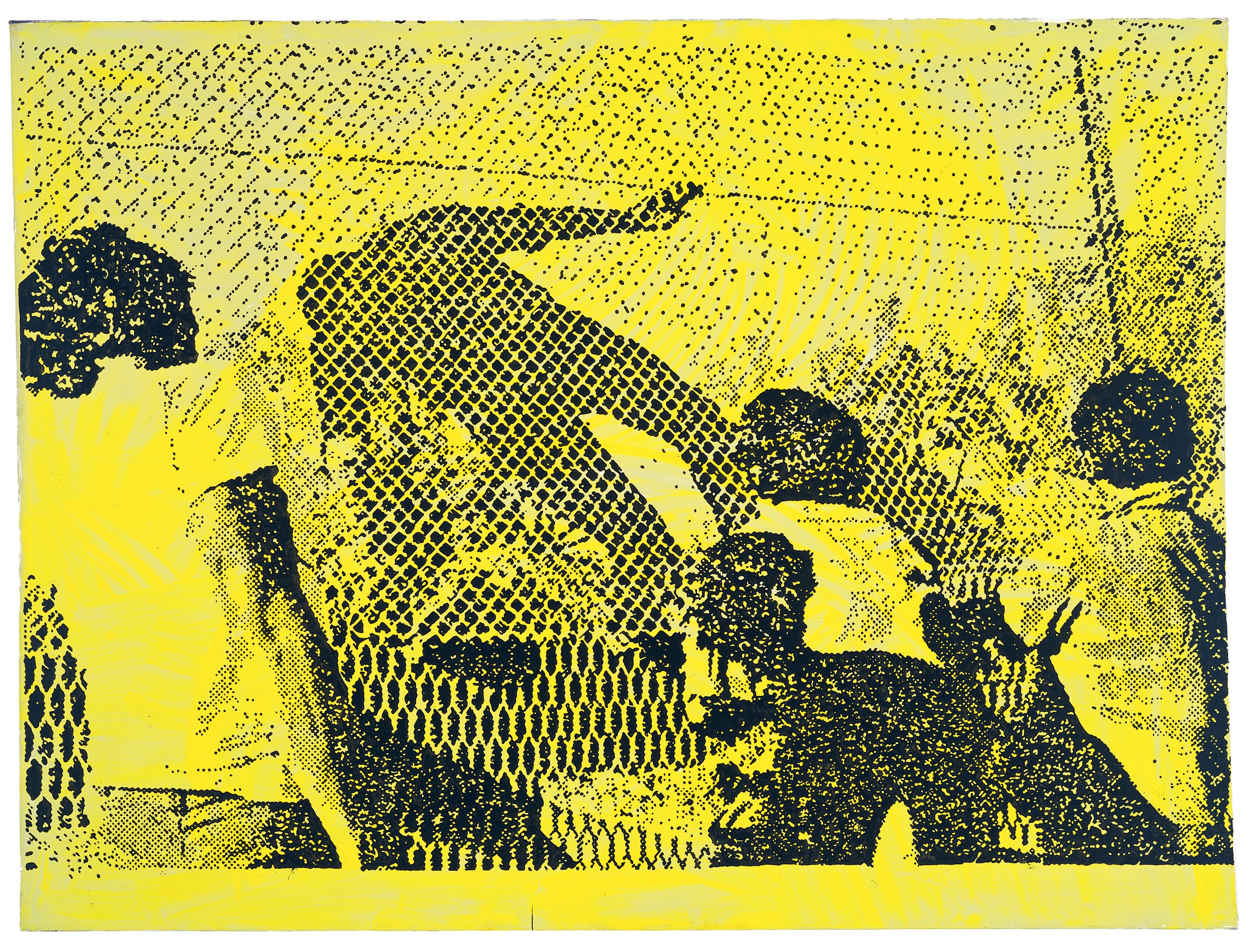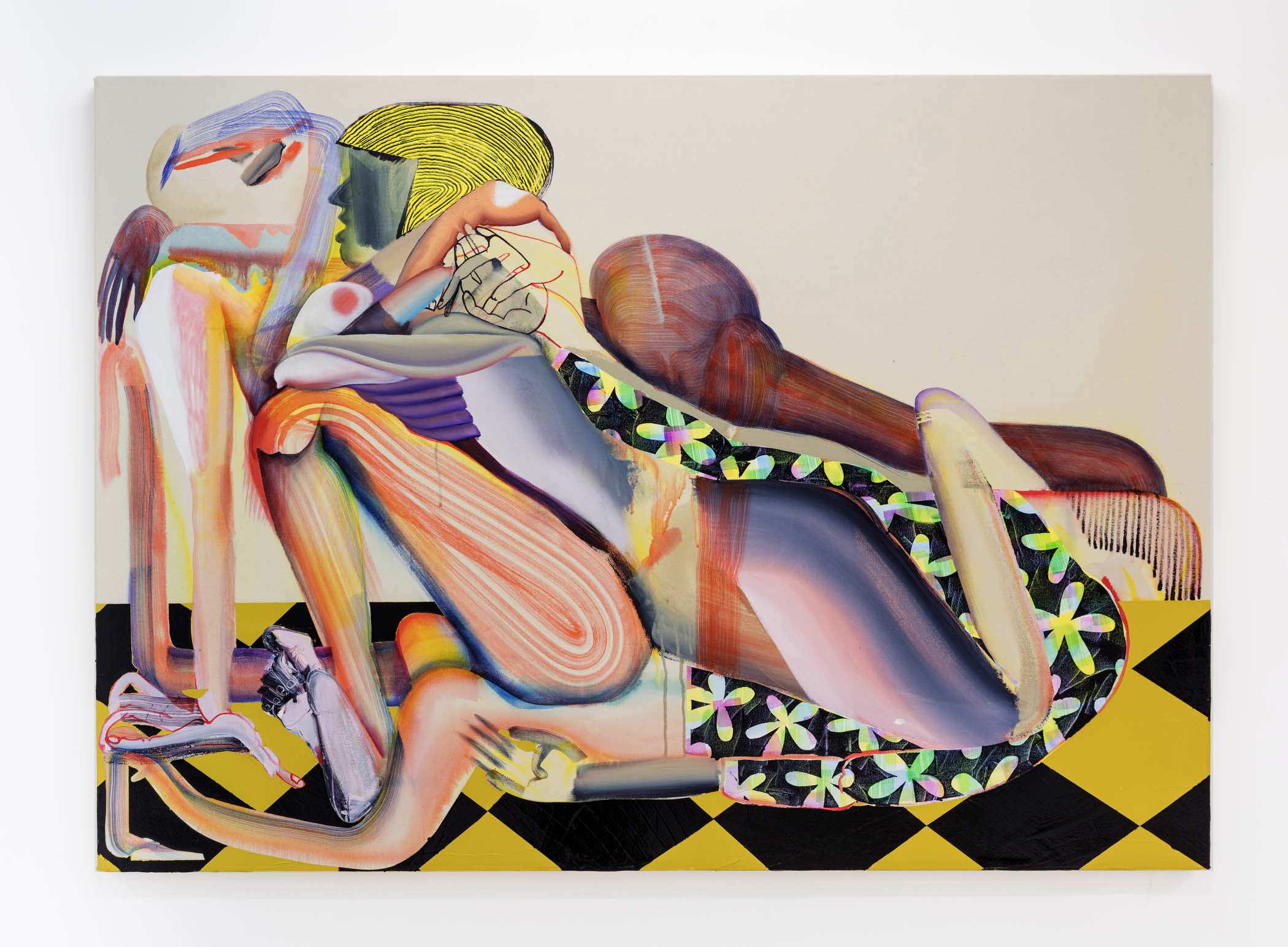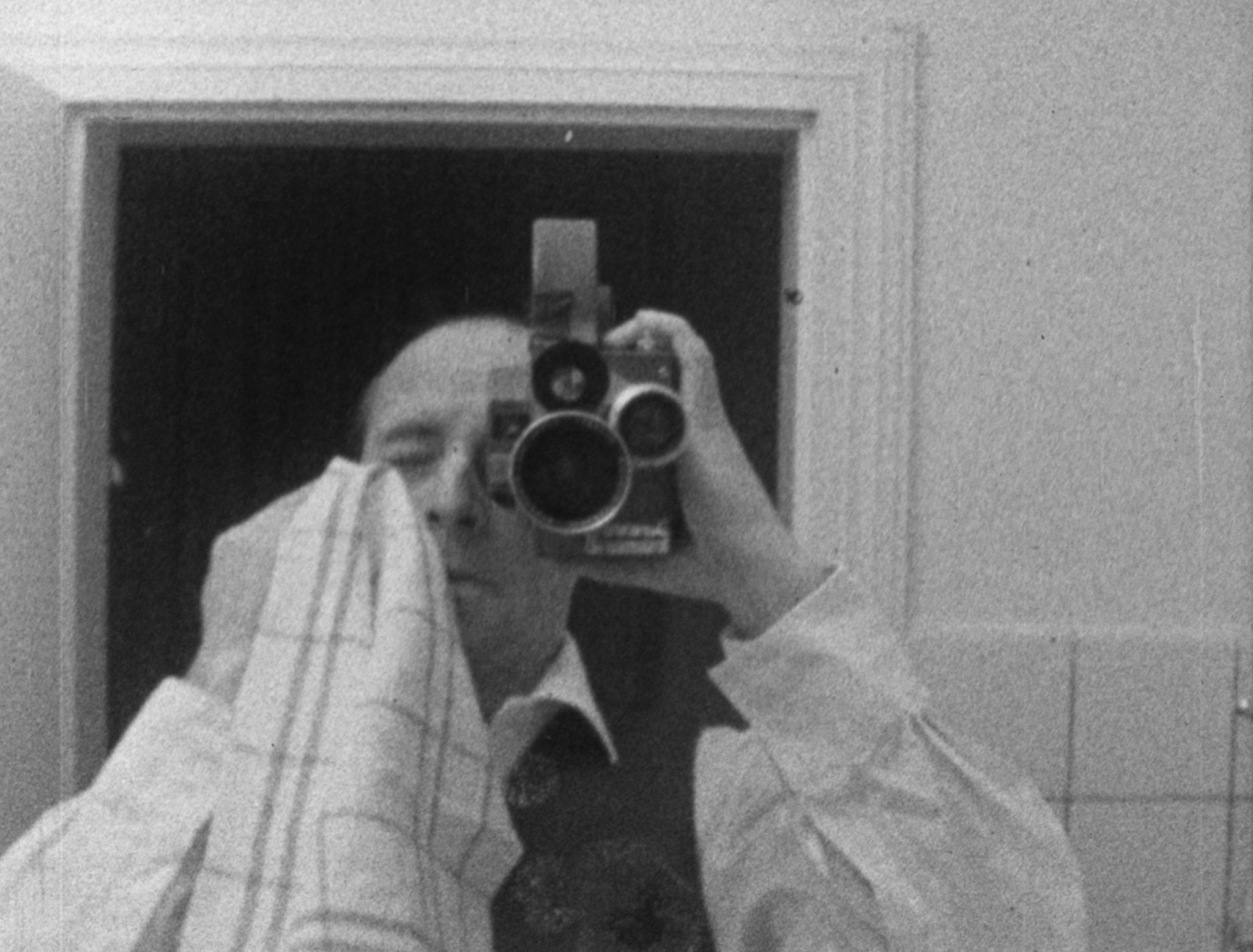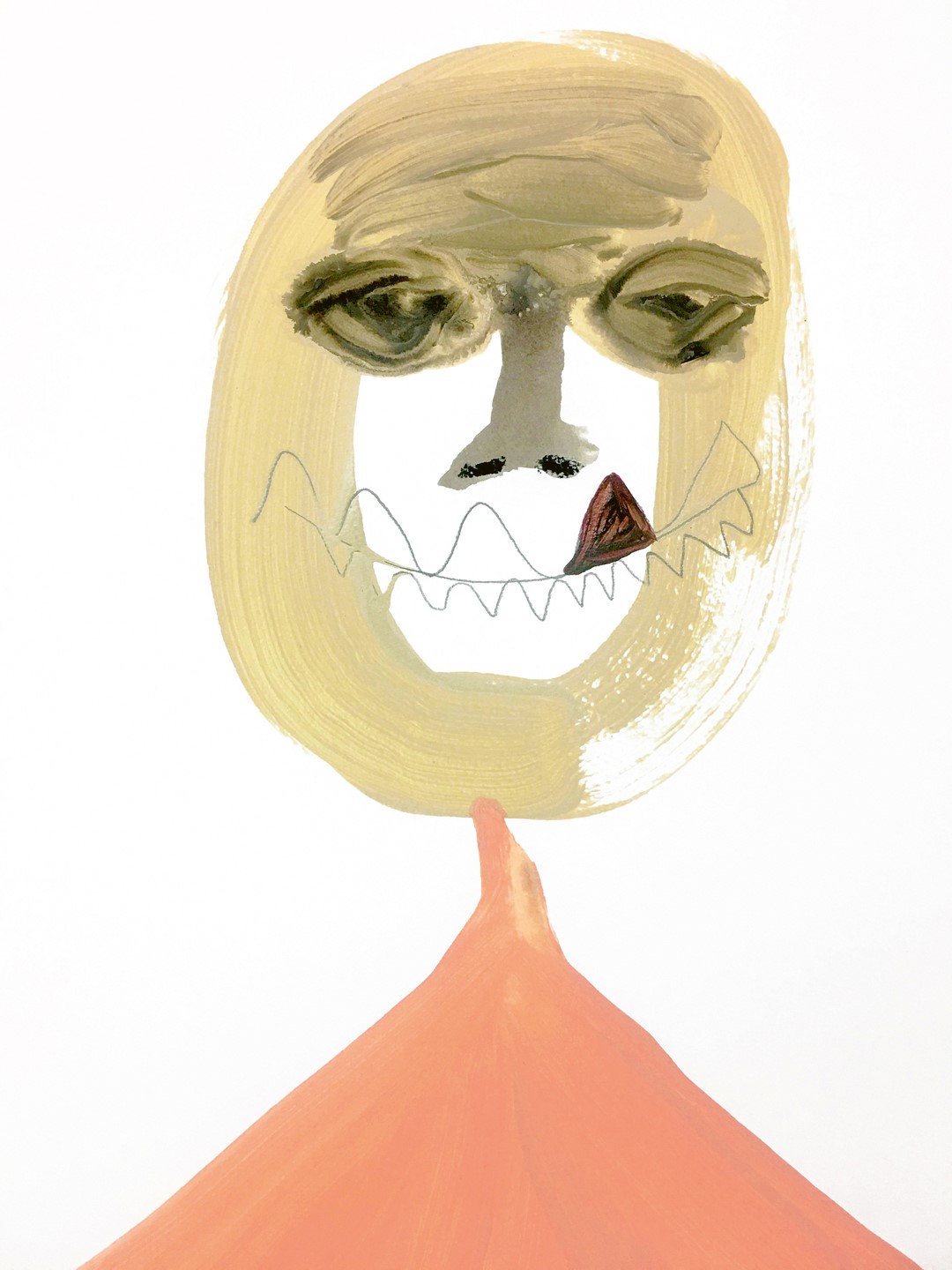A Void
Henri Chopin, Guy de Cointet, Channa Horwitz
16 May–30 June 2013
Kunsthalle Düsseldorf
Grabbeplatz 4, D-40213 Düsseldorf
Hours: Tuesday–Sunday, public holidays 11–18h
T 49 211 89 96 243
F 49 211 89 29 168
mail@kunsthalle-duesseldorf.de
In 1969, the French author George Perec wrote the extraordinary novel La Disparition (published in English under the title A Void, and in German as Anton Voyls Fortgang) in which the vowel E does not appear. The novel shows how language can assume the role of the narrator even when it is bound in the corset of a strict rule. Perec’s work was a major source of inspiration and point of reference for numerous contemporary concept artists. In accordance with the aims of the OuLiPo group (“Workshop of Potential Literature”) Perec sought to expand the potentials of language by means of self-imposed formal constraints—a method that is similarly binding for the oeuvre of the three artists whose works are being shown together for the first time in this exhibition. Henri Chopin (1922–2008), Guy de Cointet (1934–1983) and Channa Horwitz (1932–2013) began developing their works in the nineteen sixties, a time that was defined by the approach of post-structuralism: In 1968, Roland Barthes postulated the death of the author who now no longer held sole power over legibility. Semiotic systems were debunked as arbitrary and the problem of the relationship between sign and meaning as well as the changeability of constructions of meaning were explored. In art, the focus was placed in particular on the conceptual systematic dealing with the basic parameters of our experience: time, space, language and communication. Each in their own way, Chopin, de Cointet and Horwitz dedicated themselves to analyzing systems of meaning and working out their rules-based connections, transforming or reinventing them in the process. Channa Horwitz’s drawings are indebted to the aesthetics of notation, the close link between idea, process and work. With the help of a set of rules she creates complex structures whose vibrating pictorial structure masks their underlying logic. Chopin slides the imagery of the typed characters over their semantic contexts while Guy de Cointet conceals meaning in coded signs and lines.
For all three artists, this is the first institutional exhibition of their drawings in the Rhineland or Germany, respectively. With a selection of works each dating from the nineteen sixties to the nineteen eighties, the show focuses on works on paper, thus emphasizing an aspect of their work that has first attracted renewed and increasing attention in recent years. Drawing appears in the process as a genuine medium alongside the performative and multimedia forms of expression with which Chopin, de Cointet and Horwitz have largely become known.
Henri Chopin was a key figure in visual and sound poetry. Particularly in his typewriter poems he explores the relationship between chaos and order. Chopin breaks down words into their individual letters, takes up their ornamentations and distils them down into graphic images. In doing so, he confronts the meaning of language with the possibility of an infinite transformation of its signs. Paper and typewriter enter into an unusual relationship, which leads to overlappings, crossings, reversals and expansions of writing’s elements. Precise, subtle and humorous written images with a spatial depth structure are created through accentuations of color and the method of overtyping. Henri Chopin not only had a decisive influence on contemporary poetry as an artist and sound poet but also as a journalist. Alongside his own works he also published pieces by other artists such as Raoul Hausmann, William Burroughs and François Dufrêne in his experimental journals Cinquieme Saison (1959–1963) and Revue OU (1964–1974).
The French-born conceptual artist Guy de Cointet, named “Los Angeles’s Duchamp” by some, was an influential member of the Californian art scene from the late nineteen sixties until his untimely death. His graphic oeuvre encompassing over 300 drawings produced in the nineteen seventies and eighties can be read from a present-day perspective like a precursor of the impending digitalization age because of the employed codes. De Cointet’s interest was focused on pop culture, but also on everyday situations and adventure stories that he translated into mirror writing, military codes and fictitious ciphers. In other drawings he made use of calligraphy or Navajo color codes. In the process, he was not concerned with the legibility of the works, which can by all means be decoded. He was instead interested in the translation of meaning into visual signs that become an image, generating in turn multiple, infinite meanings. In formal terms, the works fascinate us because of their reduction, the flowing dynamism of their signs and their nearly spiritual abstraction. Everything appears perfectly balanced, harmonious. The artist loved playing with identities and worked under various heteronyms. In doing so he applied his fascination for codes and puzzles to his own artistic persona and published works under different names.
The recently deceased Californian artist Channa Horwitz worked at the threshold between signs and physical action, occupying herself with a mathematically based system of drawing since the early nineteen sixties, one that enables her to visualize motion and time. Almost all of her black and white as well as colored works are based on a grid of horizontal as well as vertical lines, on basic geometric shapes as well as the sequence of numbers from one to eight that Horwitz declined like verbs in ever new variations: it is an algorithm that can condense into structures of nearly undecodable complexity. Although the strictness of her rules makes an almost hermetic impression, her fine drawings display a peculiar visual appeal. This derives in equal measure from the spatial vortex visible in many of the drawings, the lines of which applied to tracing paper almost seem as if they were hovering in thin air, as well as from the visible tension between the programmed procedure and the drawn line, between sets of rules and freedom within a complex artistic system that Horwitz herself characterized as a “visual philosophy.”
Curated by Elodie Evers and Magdalena Holzhey
The exhibition is accompanied by a publication featuring an introduction by Elodie Evers and Magdalena Holzhey, an essay by Gregor Stemmrich as well as introductory texts on the three artists by Marie de Brugerolle, Luca Cerizza and Chris Kraus.
